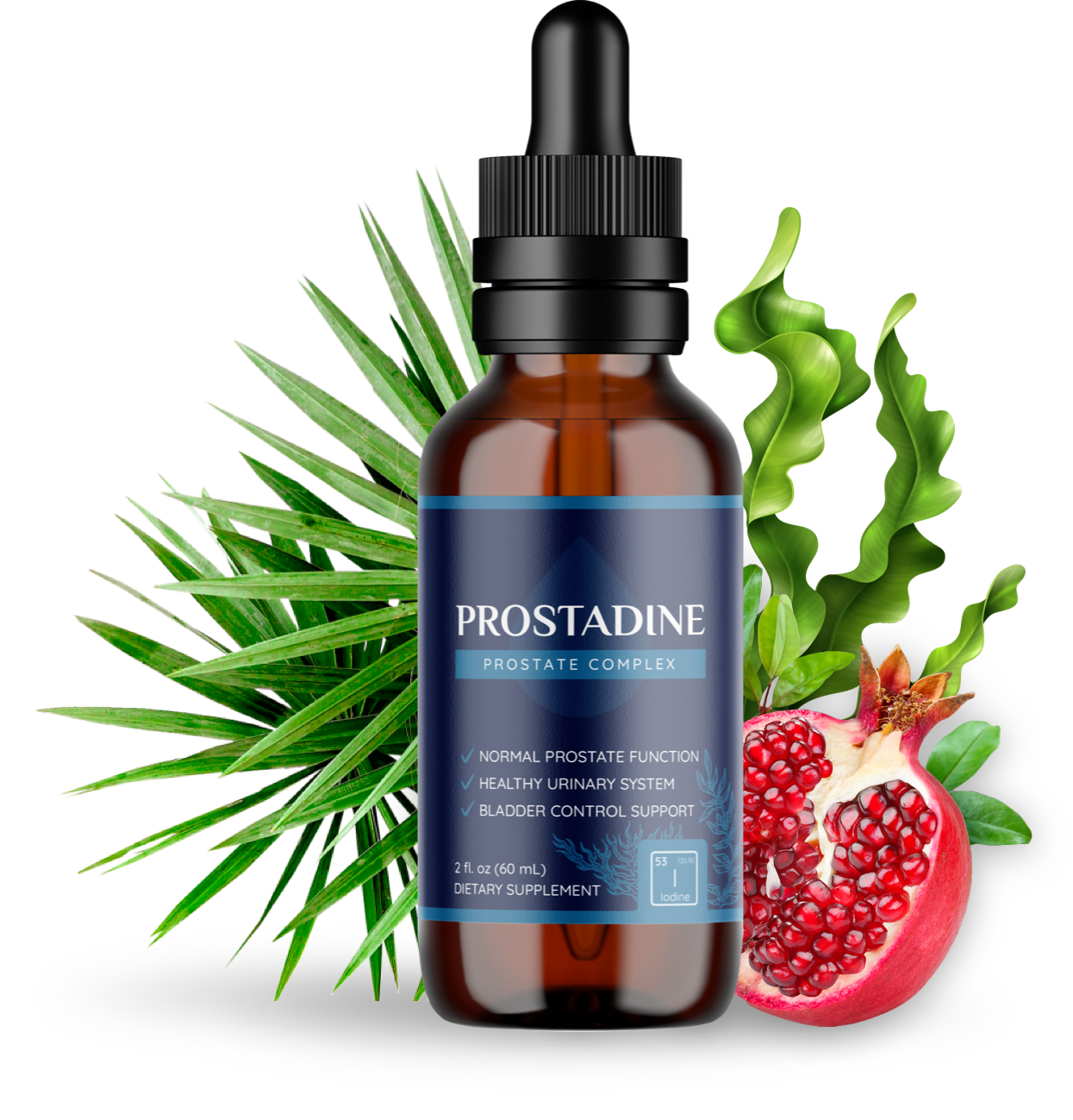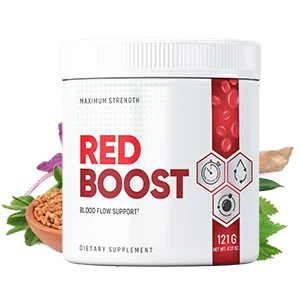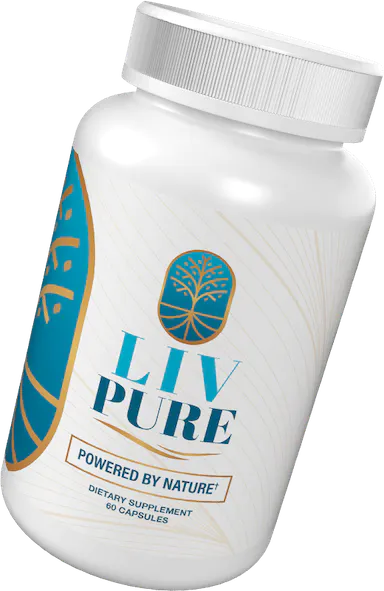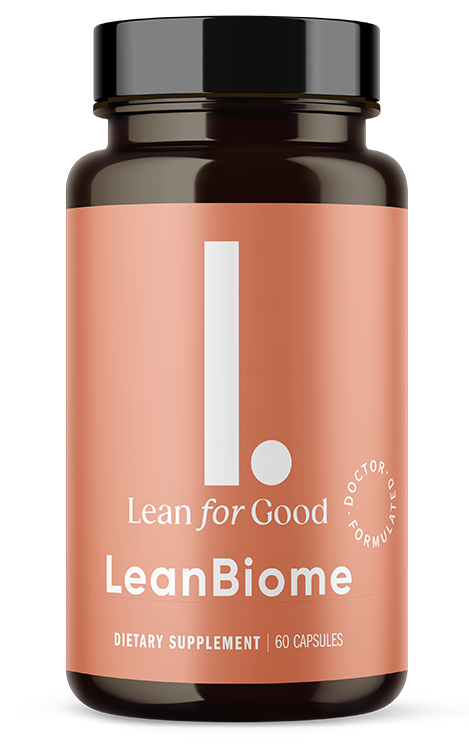#ad [recommended product]
Introduction
If you’re part of the “migraine club,” you know it’s not a normal headache. It’s a full-blown sensory assault, often accompanied by nausea, vomiting, and an unbearable sensitivity to light and sound. For years, sufferers have been navigating a minefield of treatments, from over-the-counter pills to heavy-duty prescriptions, each with its own baggage of side effects. But what if there was a simple solution? As simple as the color of the light around you? It sounds a bit like science fiction, but recent research is shining a spotlight—a very specific, narrow-band green spotlight—on a promising new avenue for migraine management. This isn’t just a shot in the dark; it’s a scientifically-backed approach that’s been providing relief for countless individuals. So, let’s check out what this green light for migraine relief is all about.
Effectiveness
It’s always best to be skeptical. But, when it comes to green light therapy, the evidence looks pretty convincing.
Mechanism of Action
So how does a simple color work its magic on something as complex as a migraine? The secret lies in how our eyes and brain process light.
It turns out that not all light is created equal. While blue and red light have been shown to exacerbate migraine pain by activating specific neural pathways, a narrow band of green light seems to do the exact opposite. Here’s the breakdown:
- The Eyes Have It: Light signals travel from the retina in the eye to the brain’s thalamus, a major hub for sensory information.
- Neural Pathways: Specific cells in the retina and neurons in the thalamus are activated by different wavelengths (colors) of light.
- The Green Zone: The specific wavelength of green light used in therapy (around 520 nanometers) generates the smallest electrical signals from both the retina and the cortex. It appears to calm the very brain networks that go into overdrive during a migraine attack.
- Pain Reduction: By soothing these hyper-excitable neurons, green light can reduce the intensity of the headache and other associated symptoms. It’s like finding the one radio frequency that doesn’t produce static in a storm of neural noise.
Clinical Research Results
You don’t have to take my word for it; the science is starting to stack up. A pioneering study from the University of Arizona took a deep dive into this phenomenon. Researchers followed participants with episodic or chronic migraine and exposed them to green light for one to two hours daily for 10 weeks.
The results were, frankly, illuminating:
- Significant Pain Reduction: On average, participants saw the number of headache days per month drop by a whopping 60%.
- Reduced Intensity: The pain intensity of their headaches also decreased by over 60%.
- Improved Quality of Life: Many participants reported better sleep, easier ability to perform daily tasks, and a general improvement in their quality of life.
- Lasting Effects: What’s more, these benefits didn’t just vanish when the study ended. Many participants continued to experience relief.
Dosing
One of the best parts about green light therapy is its simplicity. There’s no pill to swallow or injection to administer. However, “dosing” is still important.
- Duration: Most studies recommend 1-2 hours of daily exposure.
- Environment: This should be done in an otherwise dark room. You can’t just sit in a brightly lit office with a green lamp in the corner and expect results.
- Intensity: The light source should be the primary source of illumination, but it doesn’t need to be blindingly bright. The key is the specific wavelength, not necessarily the intensity. You can read, work, or relax by the light of a specially designed green light lamp.
Comparable Efficacy to Other Similar Treatments
How does green light stack up against other non-drug treatments like acupuncture, biofeedback, or supplements? While direct head-to-head comparisons are still needed, green light therapy offers some distinct advantages. It’s non-invasive, can be done at home, and, as we’ll see next, is remarkably safe. It provides a passive form of therapy that can be easily integrated into a daily routine, which is a big win for consistency and long-term management. For many, it’s a welcome addition to their existing toolkit, and for some, it might just be the breakthrough they’ve been searching for.
Safety
Effectiveness is great, but safety is paramount. The good news is that green light therapy gets a gold star in this department.
Adverse Effects
One of the most appealing aspects of this treatment is its incredibly low side-effect profile. In the clinical trials conducted, no significant adverse effects were reported by participants. Think about that for a second. How many medical treatments can you name that come with virtually no side effects? It’s a pretty short list. The worst thing that seems to happen is… well, nothing. If it doesn’t work for you, you’ve lost nothing but a little time.
Drug Interactions
Are you worried about how a green light might mix with your current migraine medication? You can put those fears to rest. Since green light therapy is a non-pharmacological treatment, it doesn’t interact with any known drugs. In fact, many participants in the studies were able to reduce their reliance on pain medication, a major victory for anyone concerned about medication overuse headaches or long-term side effects. It’s a complementary therapy that plays well with others.
Precautions
While generally safe for everyone, a little common sense goes a long way.
- Source of Light: Make sure you are using a lamp specifically designed for green light therapy. These devices are engineered to emit the precise, narrow band of green light that has been studied. A regular green light bulb from the hardware store won’t cut it and may contain other wavelengths of light that could make your migraine worse.
- Eye Conditions: If you have a pre-existing retinal disease or other serious eye condition, it’s always a good idea to chat with your ophthalmologist before starting any new light-based therapy.
Frequently Asked Questions (FAQs)
1. Can I just use a green light bulb? Unfortunately, no. Standard green bulbs produce a wide spectrum of light, including wavelengths of blue and yellow that can actually trigger or worsen migraines. You need a specially designed lamp that emits only the narrow band of pure green light.
2. How long does it take to see results? While some people might feel relief during a single session, the clinical studies suggest that consistent daily use over several weeks yields the most significant and lasting benefits. Stick with it!
3. Can I use it during a migraine attack? Yes! Many users find that sitting in a room with only the green light can reduce the pain and light sensitivity during an active migraine attack. It can be used both as a preventative measure and for acute relief.
4. Is this a cure for migraines? It’s important to frame this as a therapy, not a cure. While it has provided complete relief for some, for most it’s a powerful tool that can dramatically reduce the frequency and severity of migraines, leading to a much better quality of life. The ultimate green light for migraine relief is finding what works for you.
Conclusion
Effective migraine relief can frustrating and difficult to find, filled with trial and error. Green light therapy emerges as a beacon of hope—a simple, safe, and scientifically-supported option that’s changing lives. It empowers individuals to take an active role in their treatment from the comfort of their own homes. While it may not completely eliminate migraines for everyone, the research is undeniably compelling. For those who have felt stuck in the dark, this innovative approach offers a gentle, calming, and promising glow. It’s more than just a new gadget; green light for migraine relief is a paradigm shift in how we think about light and pain.
References
- Hou TW, Yang CC, Lai TH, Wu YH, Yang CP. Light Therapy in Chronic Migraine. Curr Pain Headache Rep. 2024 Jul;28(7):621-626. doi: 10.1007/s11916-024-01258-y. Epub 2024 Jun 12. PMID: 38865075.
- Lipton RB, Melo-Carrillo A, Severs M, Reed M, Ashina S, Houle T, Burstein R. Narrow band green light effects on headache, photophobia, sleep, and anxiety among migraine patients: an open-label study conducted online using daily headache diary. Front Neurol. 2023 Oct 4;14:1282236. doi: 10.3389/fneur.2023.1282236. PMID: 37859647; PMCID: PMC10582938.
- Martin LF, Patwardhan AM, Jain SV, Salloum MM, Freeman J, Khanna R, Gannala P, Goel V, Jones-MacFarland FN, Killgore WD, Porreca F, Ibrahim MM. Evaluation of green light exposure on headache frequency and quality of life in migraine patients: A preliminary one-way cross-over clinical trial. Cephalalgia. 2021 Feb;41(2):135-147. doi: 10.1177/0333102420956711. Epub 2020 Sep 9. PMID: 32903062; PMCID: PMC8034831.
Recommended Story For You :

The alpine secret for healthy weight loss

The Most Potent Fast-Acting Formula For Incinerating Stubborn Fat

Real Cortexi Users Real Life‑Changing Results

This Cold Drink Might Trigger Your Prostate

Red Boost is a powerful new formula for boosting male sexual health.

Everything you eat or drink eventually reaches your liver for processing.

Brand New Probiotics Specially Designed For The Health Of Your Teeth And Gums

Empowering You to Take Control of Your Blood Sugar Health!



Comments
13 responses to “Green Light for Migraine Relief: A New Hope?”
cheap androxal canada cost
online order androxal uk no prescription
cheapest buy enclomiphene purchase australia
buy enclomiphene online france
buy rifaximin usa sales
rifaximin no prescriptions needed cod
ordering xifaxan generic next day delivery
cheap xifaxan generic is good
buy staxyn cheap wholesale
online order staxyn canada medicine
cheapest avodart anywhere
buy cheap avodart cheap pharmacy
order dutasteride purchase toronto
how to order dutasteride cheap fast shipping
buying flexeril cyclobenzaprine generic switzerland
levitra benefits over flexeril cyclobenzaprine
ordering gabapentin buy japan
purchasing gabapentin at a discount
lékárna kanada kamagra
kamagra odeslala cod v sobotu
acheter kamagra canada
generique kamagra france prix
order fildena australia suppliers
ordering fildena cheap pharmacy
itraconazole feminino onde comprar
online order itraconazole how to purchase viagra